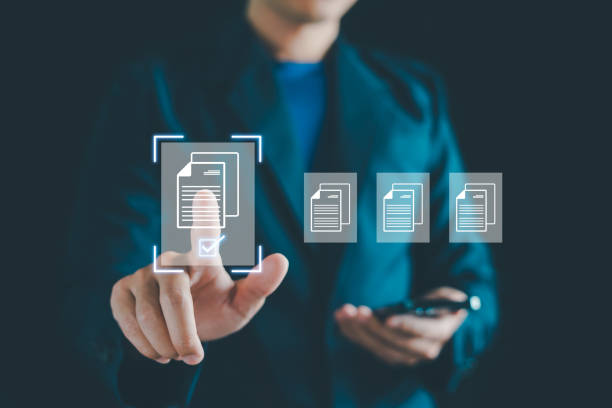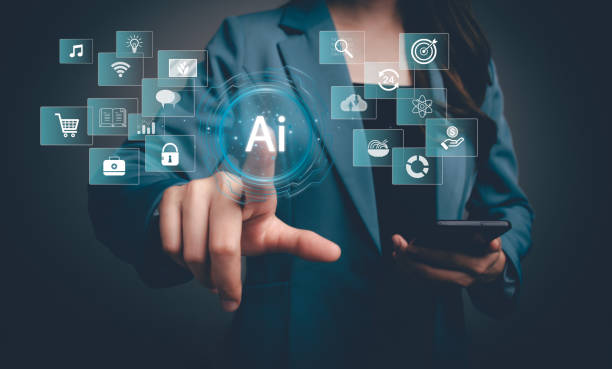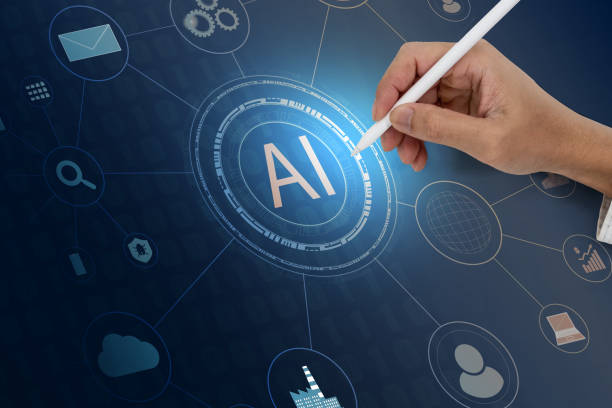What is On-Page SEO and Why Does it Matter?
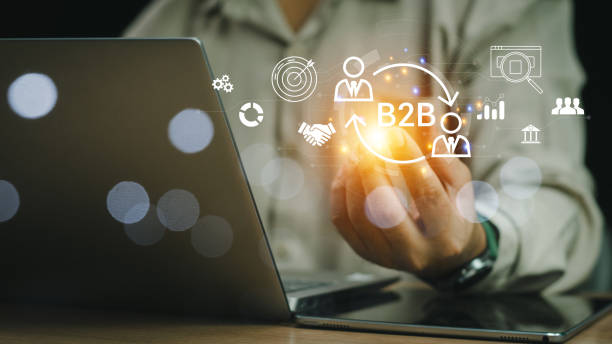
#OnPageSEO is a collection of techniques and actions you take within your website to improve your site’s ranking in search results.
These actions include optimizing content, site structure, HTML tags, and other page-related elements.
The importance of on-page SEO lies in helping search engines better understand your site’s content and recognize its relevance to user searches.
With proper on-page SEO, your site has a better chance of appearing in the top search results, thereby attracting more traffic.
On-Page SEO is a crucial part of your SEO strategy and should not be overlooked.
In fact, On-Page SEO forms the foundation for Off-Page SEO.
Without an internally optimized website, your efforts in link building and content marketing may not yield the desired results.
On-page SEO increases the thematic relevance of site pages to user search queries.
Also, on-page SEO helps Google’s bots crawl and index your site better, and faster indexing of site pages can have a positive impact on SEO.
Therefore, On-Page SEO is a valuable investment for any business looking to succeed in the online world.
Is your online store ready to attract maximum customers and increase sales? Rasaweb transforms your online business with modern and efficient e-commerce website designs.
✅ Increased speed and improved SEO
✅ Excellent user experience on mobile and desktop⚡ Get a free consultation for e-commerce website design from Rasaweb!
Keyword Research: The Cornerstone of On-Page SEO
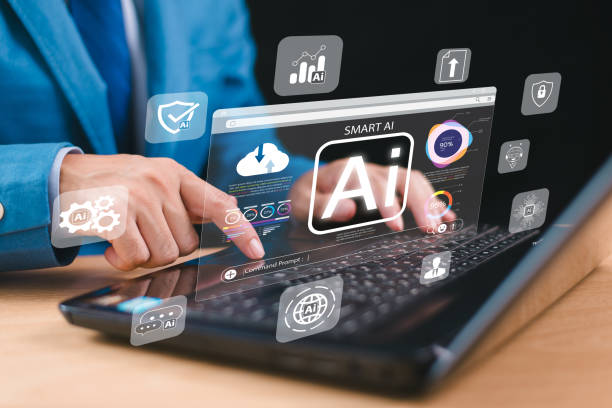
Keyword research is the process of identifying and analyzing the words users use to search for information in search engines.
These keywords should be relevant to the topic and content of your website.
Choosing the right keywords is the first and most important step in On-Page SEO.
Because it determines for which terms your website will appear in search results.
There are various tools for keyword research, including Google Keyword Planner, Ahrefs, and SEMrush.
Using these tools, you can find popular and low-competition keywords and use them in your website content.
When researching keywords, pay attention to Search Volume and Keyword Difficulty.
Keywords with high search volume can attract a lot of traffic to your website, but they usually have more competition.
Keywords with lower search volume may attract less traffic, but they also have less competition, giving you a better chance of ranking in search results.
Try to incorporate a mix of high and low search volume keywords into your On-Page SEO strategy.
Link to a keyword research tool Ahrefs
Optimizing the Title Tag

The Title Tag is one of the most important elements of On-Page SEO.
The title tag is the text displayed in the browser’s title bar and in search results.
The title tag should be attractive, concise, and relevant to the page’s content.
It should also include the page’s primary keyword.
The length of the title tag should be between 50 and 60 characters to be fully displayed in search results.
The title tag is important not only for search engines but also for users.
An attractive and relevant title can encourage users to click on your link in search results and enter your website.
To optimize the title tag, place the primary keyword at the beginning of the title.
Use relevant and attractive keywords.
Write the title concisely and effectively.
Avoid using unnecessary and ambiguous words.
Write a unique title for each page.
Avoid repeating titles on different pages.
The title tag is one of the strongest on-page SEO factors, and Google gives it a lot of importance.
| Element | Importance | Description |
|---|---|---|
| Title Tag | Very High | Displayed in the browser’s title bar and search results; includes the primary keyword |
| Meta Description | Medium | A brief description of the page’s content; encourages users to click |
| Heading Tags | High | Structures content and highlights important headings |
Optimizing the Meta Description
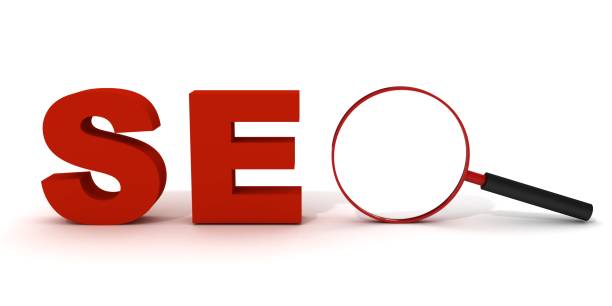
The Meta Description is a brief description of the page’s content that appears under the title tag in search results.
The meta description doesn’t directly affect your site’s ranking, but it can significantly impact the click-through rate (CTR).
An attractive and relevant meta description can encourage users to click on your link in search results and enter your website.
The length of the meta description should be between 150 and 160 characters to be fully displayed in search results.
To optimize the meta description, use primary and related keywords.
Provide a brief description of the page’s content.
Use attractive and encouraging keywords.
Write a unique meta description for each page.
Avoid repeating meta descriptions on different pages.
The meta description should clearly and transparently explain the overall topic of the page to the user. Optimizing meta descriptions helps with on-page SEO.
Does your company website make a professional and lasting first impression on potential customers? Rasaweb, with its professional corporate website design, not only represents the credibility of your brand but also paves the way for your business growth.
✅ Create a powerful and trustworthy brand image
✅ Attract target customers and increase sales
⚡ Get a free consultation
Using Heading Tags

Heading Tags are used to structure content and highlight important headings.
Heading tags range from H1 to H6, with H1 being the most important and H6 the least important.
The H1 tag should be used for the page’s main title, and the H2 to H6 tags for subheadings and different sections of the content.
Using heading tags helps search engines better understand the page’s content structure and recognize the importance of different sections.
Also, using heading tags helps users easily scan the content and find the sections they are looking for.
To optimize heading tags, use primary and related keywords.
Create a logical and hierarchical structure for the tags.
Use the H1 tag only once per page.
Use the H2 to H6 tags as needed.
Heading tags play an important role in the readability of your content and improve the user experience.
Correctly structuring content and using heading tags properly has a positive impact on on-page SEO.
Content Optimization
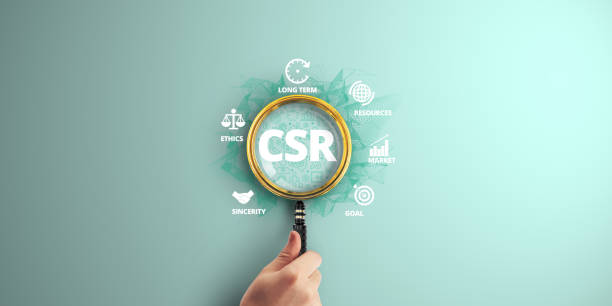
Content is king! This phrase is very common in the world of SEO and indicates the high importance of content in ranking websites.
Your website content should be valuable, relevant, and engaging to attract users’ attention and keep them on your website.
High-quality content is not only useful for users but also helps search engines recognize your site as a credible and reliable source.
To optimize content, use primary and related keywords naturally in the text.
Use relevant images and videos to make the content more attractive.
Divide the content into small, digestible sections.
Use short and flowing sentences.
Update your content regularly.
Duplicate Content can have a negative impact on your site’s ranking.
Try to produce unique and original content.
If you have to use other people’s content, be sure to cite the source.
On-page SEO is based on valuable content.
One of the most important factors for on-page SEO is producing high-quality and valuable content.
Image Optimization
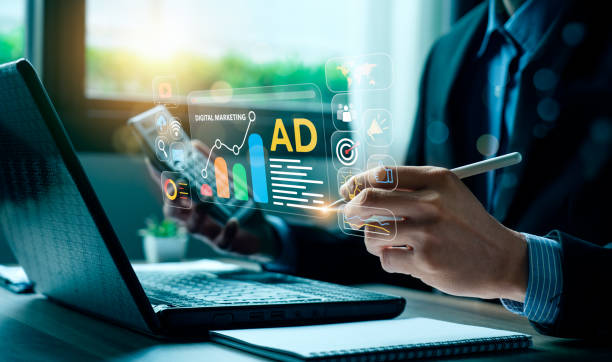
Images play an important role in the attractiveness and efficiency of your website.
However, if images are not properly optimized, they can negatively impact page loading speed and your site’s ranking.
To optimize images, use appropriate formats such as JPEG, PNG, or WebP.
Optimize the image size to reduce their file size.
Use descriptive and relevant file names.
Use the Alt tag to describe images.
The Alt tag helps search engines understand the content of the image and display it in search results.
Using high-quality and relevant images can improve the user experience and keep users on your website.
Also, optimizing images can increase page loading speed and improve your site’s ranking.
Image optimization is one of the main pillars of on-page SEO and helps to improve the user experience.
| Image Feature | Description | Best Practice |
|---|---|---|
| Image Format | Choose the right format to reduce size | JPEG (photos), PNG (logos), WebP (optimized) |
| Image Size | Reduce dimensions for fast loading | Use appropriate dimensions for display |
| Alt Tag | Explain image content to search engines | Include related keywords and accurate description |
Optimizing Internal Links
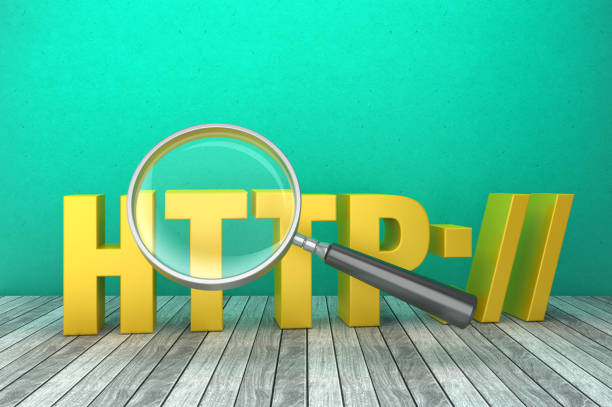
Internal links are links that connect one page of your website to another page of the same website.
Internal links help search engines better understand your website’s structure and identify more important pages.
Also, internal links help users easily navigate your website and find the information they need.
To optimize internal links, use descriptive and relevant anchor text.
The anchor text should include the destination page’s primary keyword.
Use internal links naturally and logically in the text.
Avoid creating too many irrelevant links.
Internal links can help improve the ranking of important pages on your website.
By creating appropriate internal links, you can transfer Link Juice from high-ranking pages to lower-ranking pages.
Using internal links has a significant impact on on-page SEO and improves the user experience.
Are you tired of your company’s website not meeting your expectations? With Rasaweb, design a professional website that showcases the true face of your business.
✅ Increase attraction of new customers and sales leads
✅ Increase the credibility and trust of your brand with your audience
⚡ Get a free website design consultation!
Page Loading Speed

Page loading speed is one of the important factors in ranking websites.
Users expect website pages to load quickly, and if a page loads slowly, users may leave your website and go to a competitor’s website.
Page loading speed depends on various factors, including image size, coding quality, and server speed.
To increase page loading speed, optimize images.
Use clean and standard coding.
Use a fast and reliable server.
Use speed testing tools like Google PageSpeed Insights to identify page loading speed issues and fix them.
Improving page loading speed not only improves the user experience but can also improve your site’s ranking.
Google gives a better rank to websites that have high loading speed.
Improving site loading speed is one of the most important things in on-page SEO.
Mobile Optimization
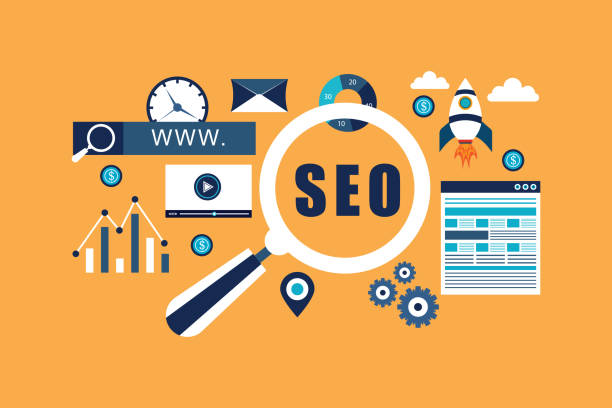
Today, most users access the internet through mobile devices.
Therefore, optimizing your website for mobile is very important.
Your website should be Responsive, meaning it automatically adapts to the screen size of different devices.
Your website should be optimized for touch, meaning buttons and links are large enough for users to touch them easily.
Your website should have high loading speed on mobile devices.
Google gives a better rank to websites that are optimized for mobile.
If your website is not optimized for mobile, you may lose a lot of traffic.
Mobile First Indexing is one of Google’s algorithms that gives more importance to the mobile version of sites than the desktop version.
Optimizing the site for mobile is considered one of the most important factors in on-page SEO.
Following the principles of on-page SEO for mobile is of particular importance.
Frequently Asked Questions
| No. | Question | Answer |
|---|---|---|
| 1 | What is On-Page SEO? | On-Page SEO refers to the set of actions taken within a website (on its pages) to improve the site’s ranking in search engine results. This includes optimizing content, site structure, and HTML code. |
| 2 | Why is On-Page SEO Important? | On-Page SEO helps search engines better understand the page’s content and determine whether that page is relevant and valuable to users’ searches. This better understanding leads to higher rankings. |
| 3 | What is the first and most important step in On-Page SEO? | Keyword Research is the most important first step. By finding the right keywords, you can produce targeted and relevant content to meet users’ needs. |
| 4 | What is the role of the Title Tag in On-Page SEO? | The Title Tag is one of the most important ranking factors and should include the main keyword. This tag is displayed as the page title in search results and affects the click-through rate (CTR). |
| 5 | What is the importance of the Meta Description? | The Meta Description does not directly affect rankings, but by providing an engaging summary of the page’s content in search results, it can encourage users to click, thereby increasing the click-through rate (CTR). |
| 6 | Why is it important to use headings (H1, H2, etc.) in content? | Headings help structure content and improve readability for users and search engine crawlers. Using keywords in headings also helps search engines better understand the topic. |
| 7 | What does Image Optimization in On-Page SEO include? | Includes compressing images to reduce size, using descriptive and relevant file names, and filling in the Alt tag (alternative text) with relevant keywords to help search engines understand the image content. |
| 8 | What is meant by Internal Linking in On-Page SEO? | Internal linking refers to creating links between different pages of a website. This helps distribute page equity, improve user experience, and help search engine crawlers discover new pages. |
| 9 | Why is Page Speed important for On-Page SEO? | Page loading speed is a direct ranking factor and heavily impacts user experience. Slow pages can lead to increased bounce rate and reduced user engagement. |
| 10 | What role does quality content play in On-Page SEO? | High-quality content that is comprehensive, unique, and valuable to the user is the core of On-Page SEO. This content not only attracts and retains users but also sends positive signals to search engines and helps with better rankings. |
And other services of Rasa Web advertising agency in the field of advertising
Smart SEO: A dedicated service for customer behavior analysis based on intelligent data analysis.
Intelligent Marketing Automation: A fast and efficient solution for improving SEO ranking with a focus on marketing automation.
Intelligent Data Analysis: Transform online growth with the help of intelligent data analysis.
Smart SEO: Transform user engagement with the help of real data.
Smart Brand Identity: Designed for businesses looking for digital branding through the use of real data.
And more than hundreds of other services in the field of internet advertising, advertising consulting, and organizational solutions
Internet Advertising | Advertising Strategy | Advertorial
Resources
SEO Radar – Comprehensive On-Page SEO Guide
,Faradars – What is On-Page SEO?
,Chetor – What is On-Page SEO?
,SEO Startup – On-Page SEO
? Rasaweb Afarin is your strategic partner in the fast-paced digital world. With a targeted and professional approach, we help businesses have a powerful and impactful presence online and achieve their marketing goals.
If you are looking to expand your business and create a lasting digital identity, the Rasaweb Afarin expert team will pave your way to success by providing modern and optimized Corporate Website Design services. Contact us for consultation and more information.
📍 Tehran, Mirdamad Street, next to the Central Bank, South Kazerun Alley, Ramin Alley, No. 6


